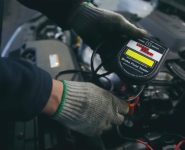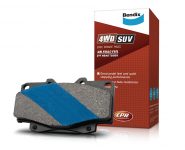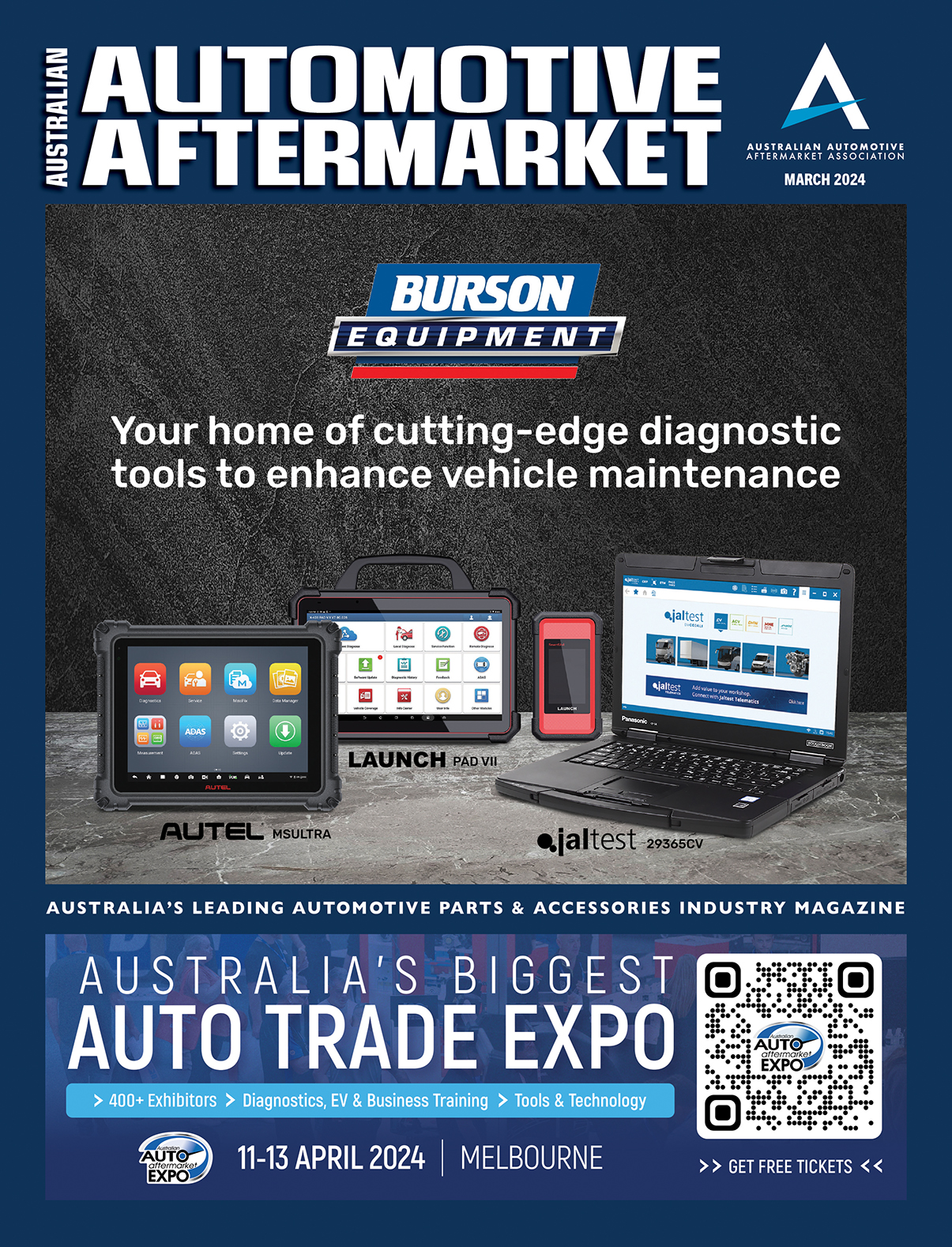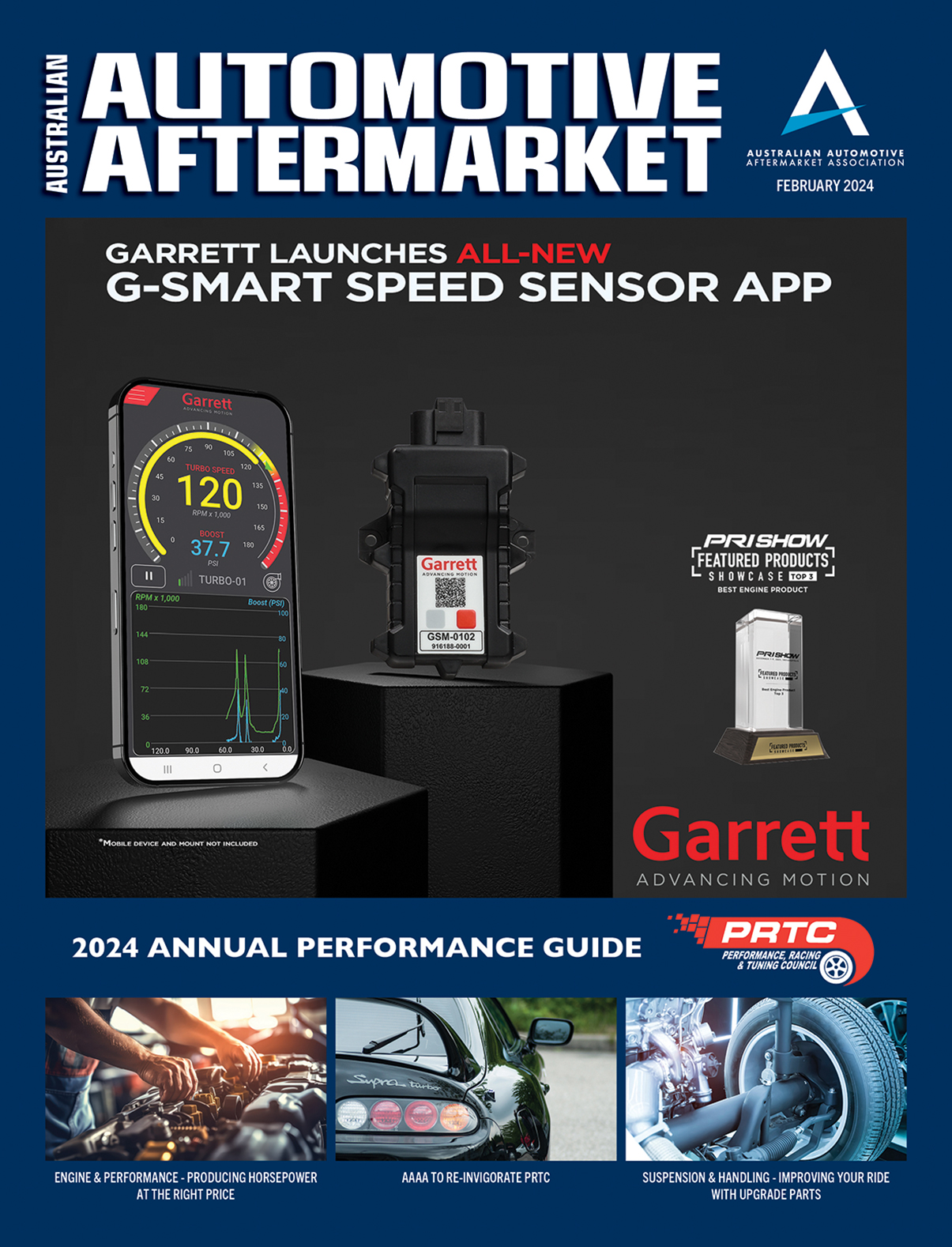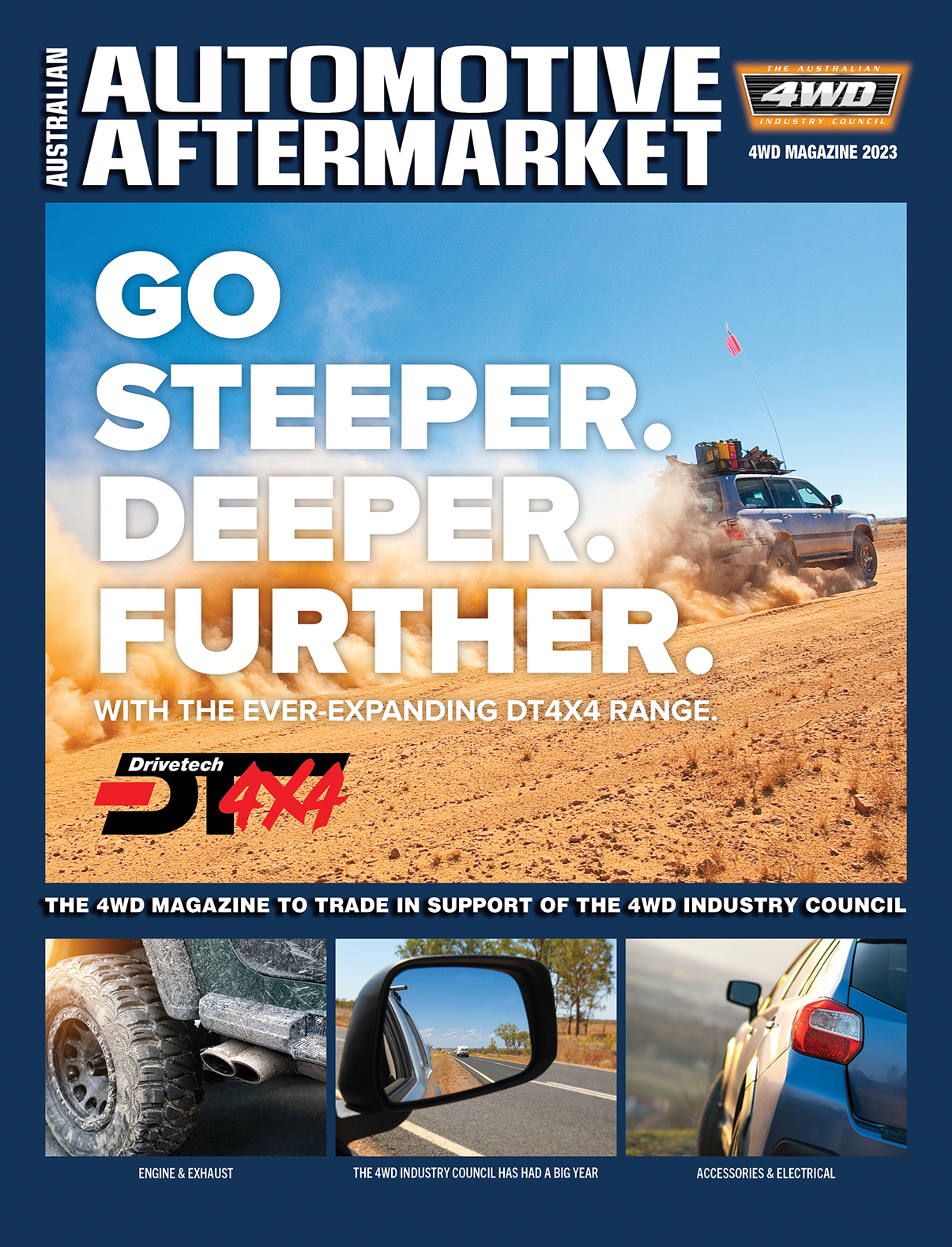DIAGNOSING AND RECTIFYING BRAKE NOISE
The experts at Bendix examine this common complaint
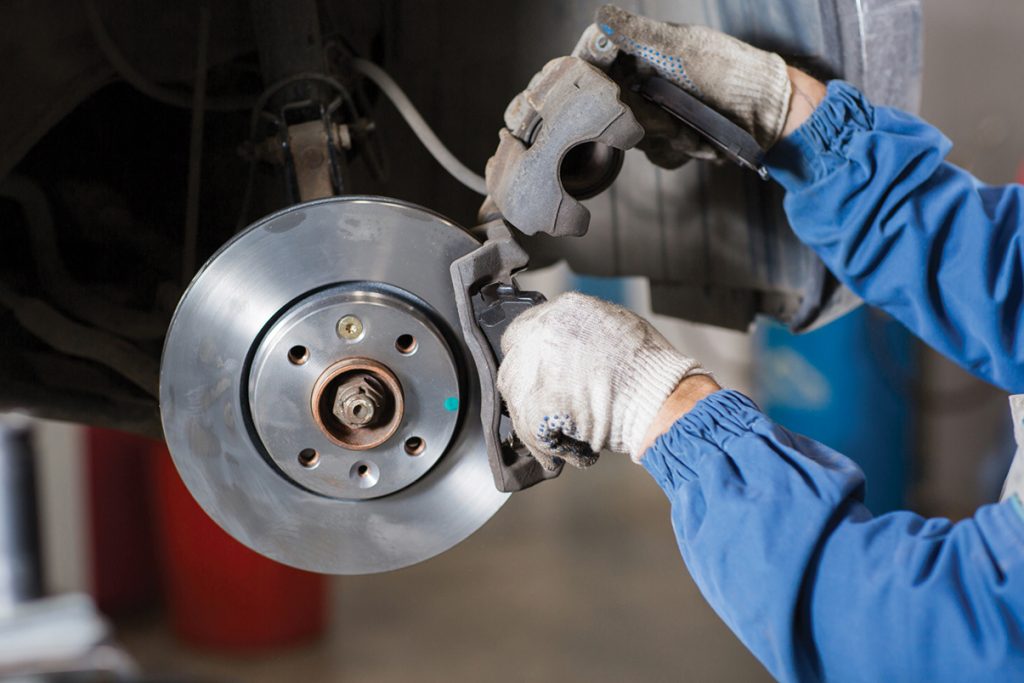
At its most basic, Bendix explains that brake noise occurs as a result of the pads contacting the rotor or drum under braking application, but the root source of the noise can be far more complex, with many associated braking components coming into play.
When diagnosing the cause of brake noise in a disc brake set-up, Bendix says it is important to check that the caliper slides are free to move and not inhibited by any binding or seizing.
A seized slide pin can cause several issues including uneven brake wear and drag along with noise. If the slide pins are seized or dry, Bendix says they should be thoroughly cleaned and lubricated using Bendix Ceramasil or another suitable lubricant.
The condition of brake shims is also important. Attached to the friction pad backing, brake shims provide a barrier between the brake pad and the caliper, helping to prevent small vibrations, which build into noise.
Shims should also be properly lubricated – Bendix says a light coating of Ceramasil between the shim and the backplate will better assist damping.
While it is not necessary to renew all braking components when brake pads are replaced because of different lifecycles and wear rates, all brake parts should nonetheless be given a thorough inspection.
In the case of disc brake rotors, the disc brake surface should have a uniform wear pattern (light grooves are normal) with no scoring – excessive scoring can also promote brake noise as this excites the brake pad vibration.
During pad installation Bendix says technicians should check that pads fit into the caliper properly, abutting firmly but not binding.
If it is a loose fit, this could indicate some wear or distortion at the abutment clip area. If this is the case, any defective parts need to be remediated, as issues in this area can be a source of vibration which ultimately lead to noise. Bendix says a small amount of Ceramasil lubricant, or high temperature lubricant should be applied to the abutments to make sure the pads are free to move.
With some aftermarket brake pads, it can be common for noise to occur during the bedding-in phase while the brakes are making 100 percent contact with the rotor. This can take around 100 stops to subside. Bendix states that for its pads with Titanium Stripe Technology, bedding-in isn’t needed because the friction material is formulated to rapidly mate with the rotor when brakes are first applied, and full braking performance is achieved “instantly.”
There are some other circumstances where brake noise can arise temporarily. If a vehicle is left outside for extended periods without use or in high humidity environments, a buildup of surface rust on rotors can occur, but this should quickly resolve itself as the brakes are applied throughout the journey. If noisy brakes do arise from one of the other causes, for most this can be rectified by a trained braking specialist or mechanic.
For more from Bendix, visit www.bendix.com.au


